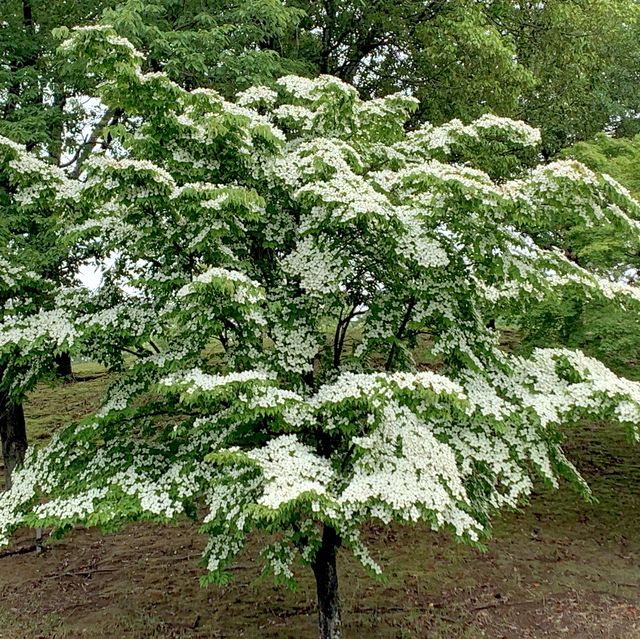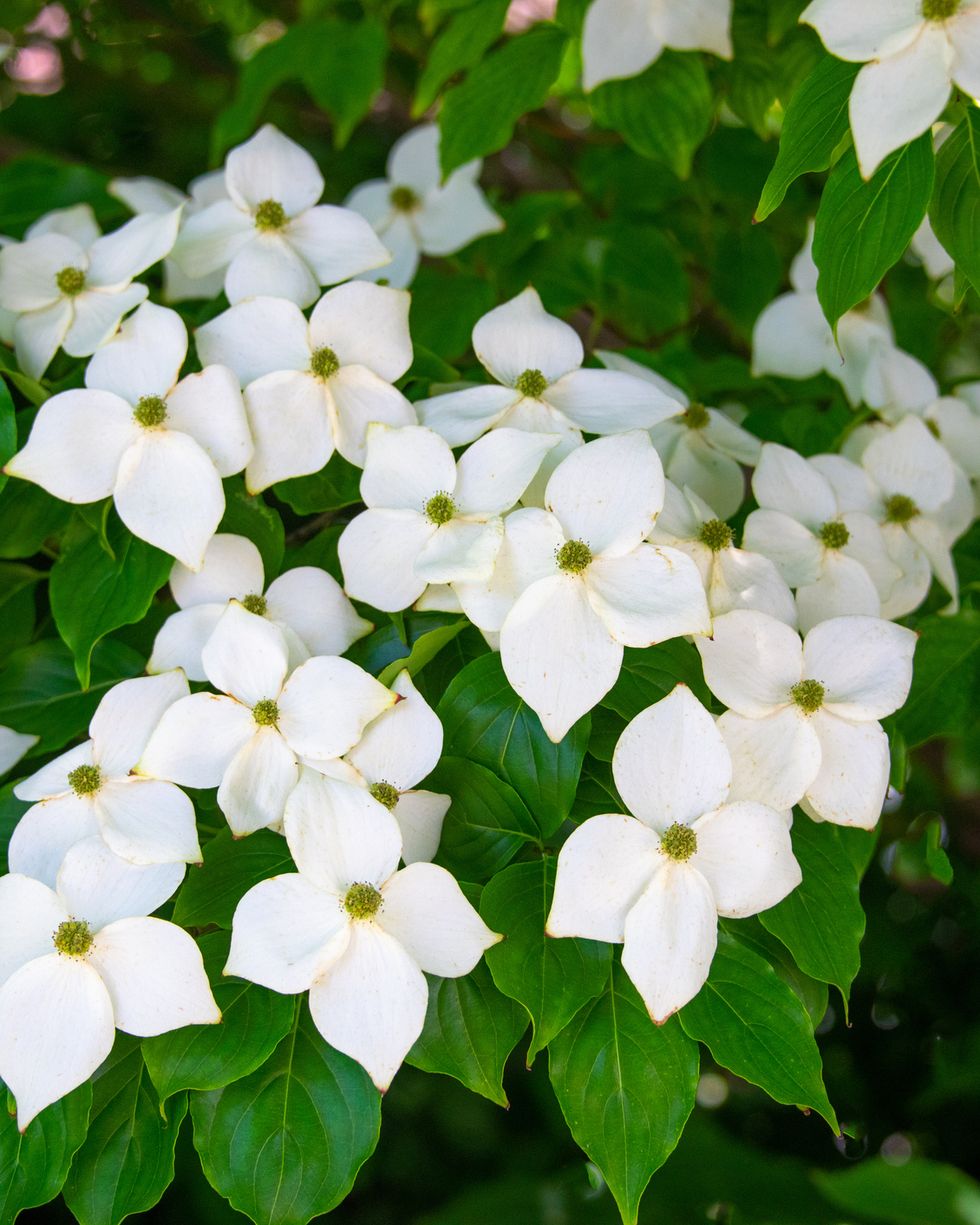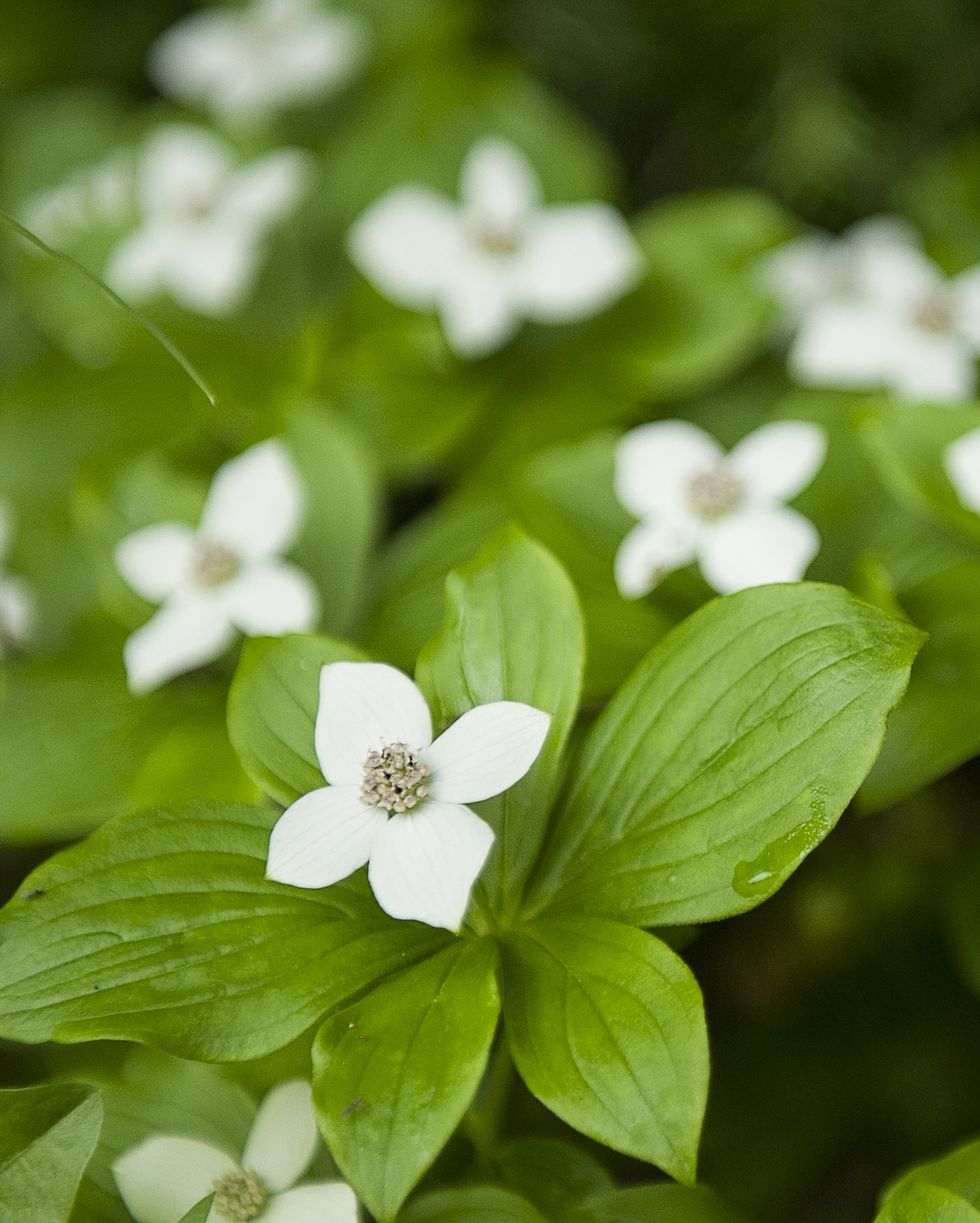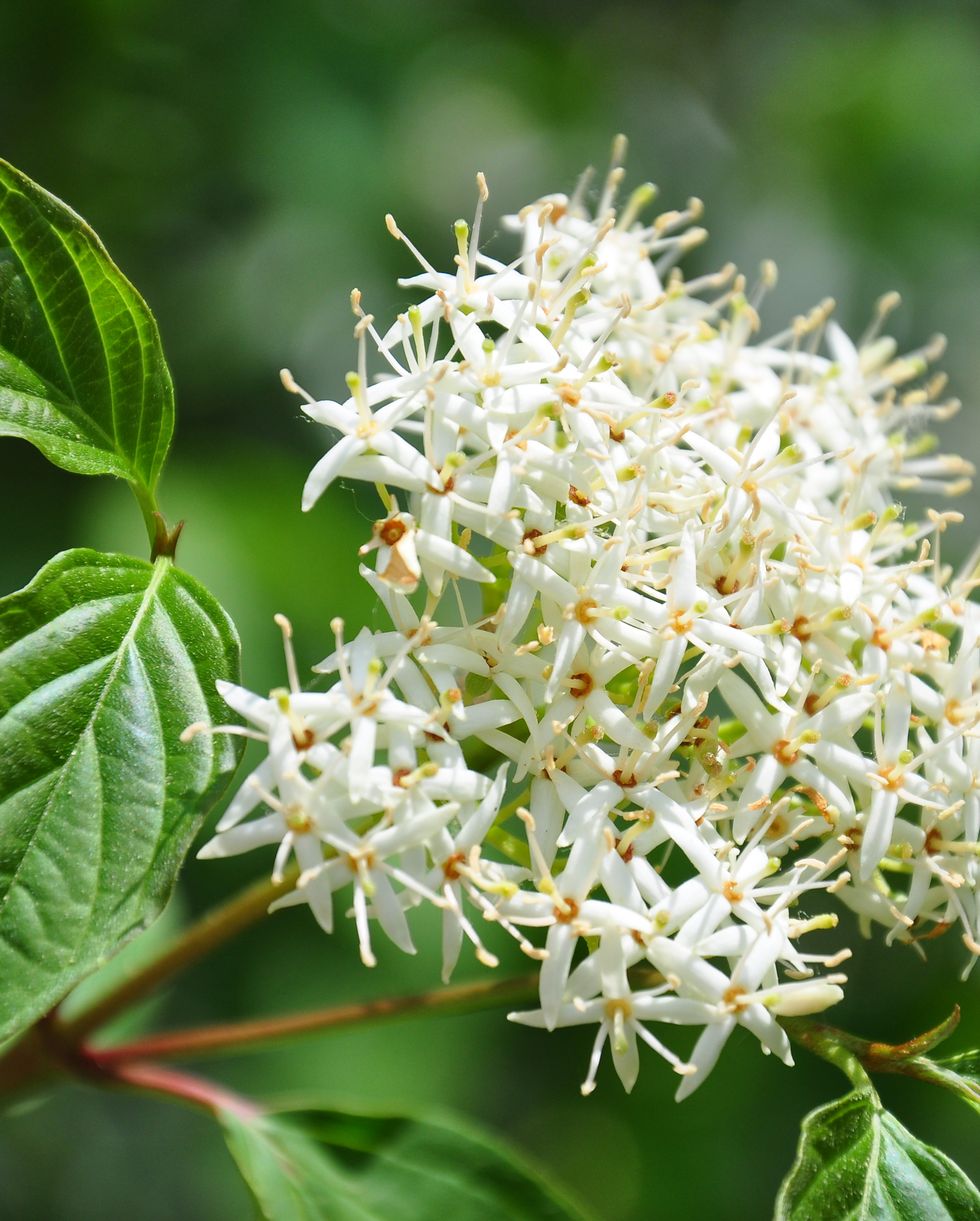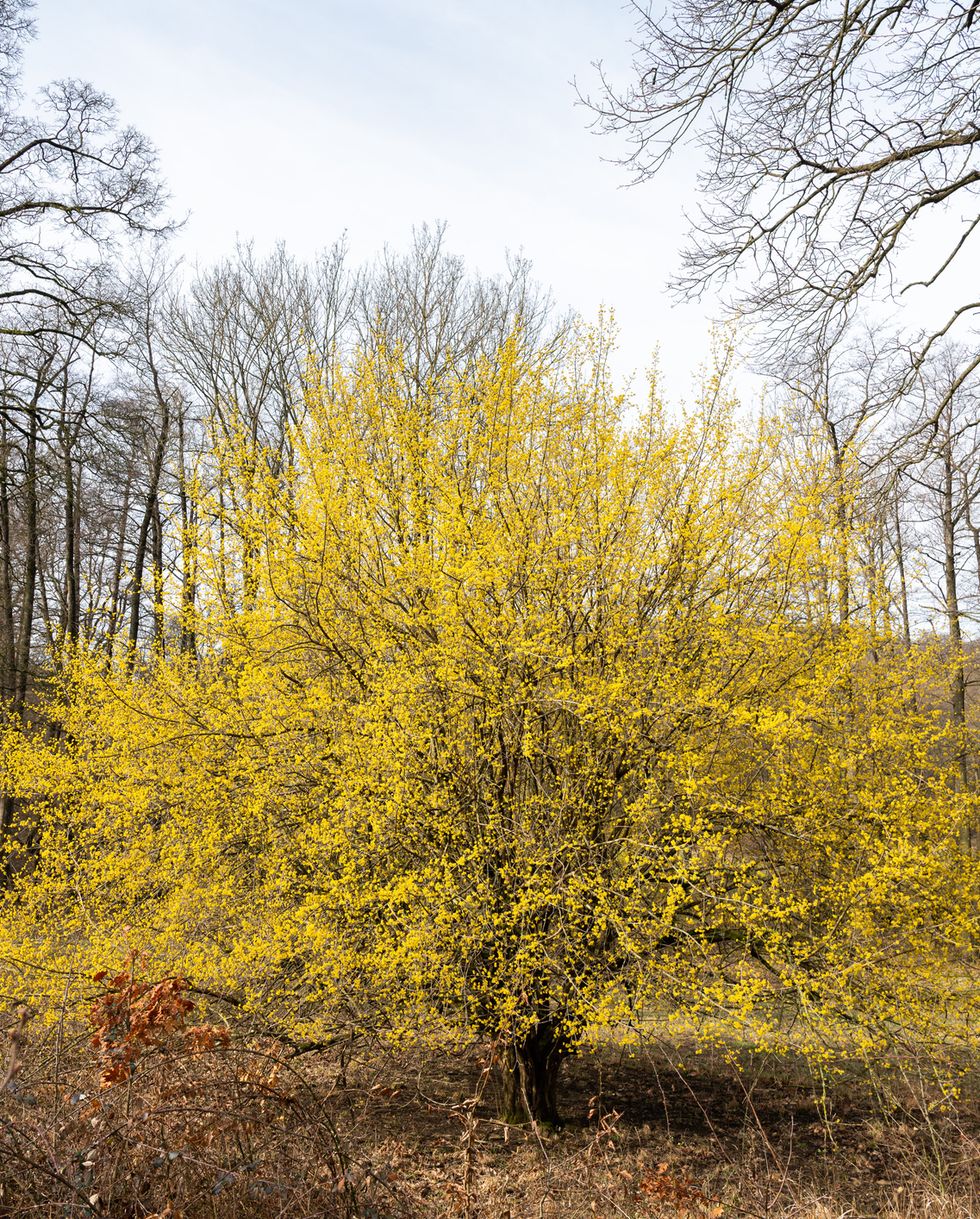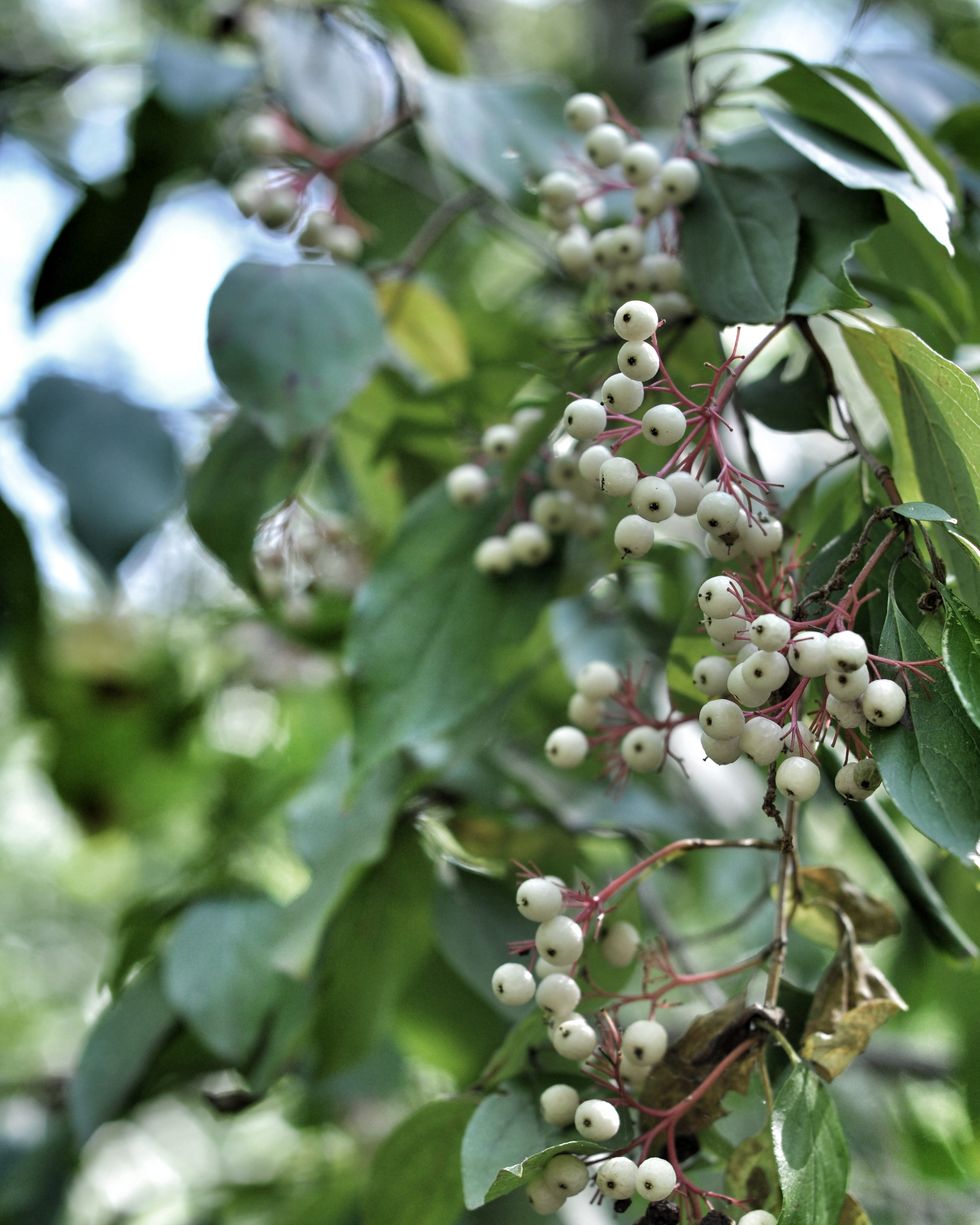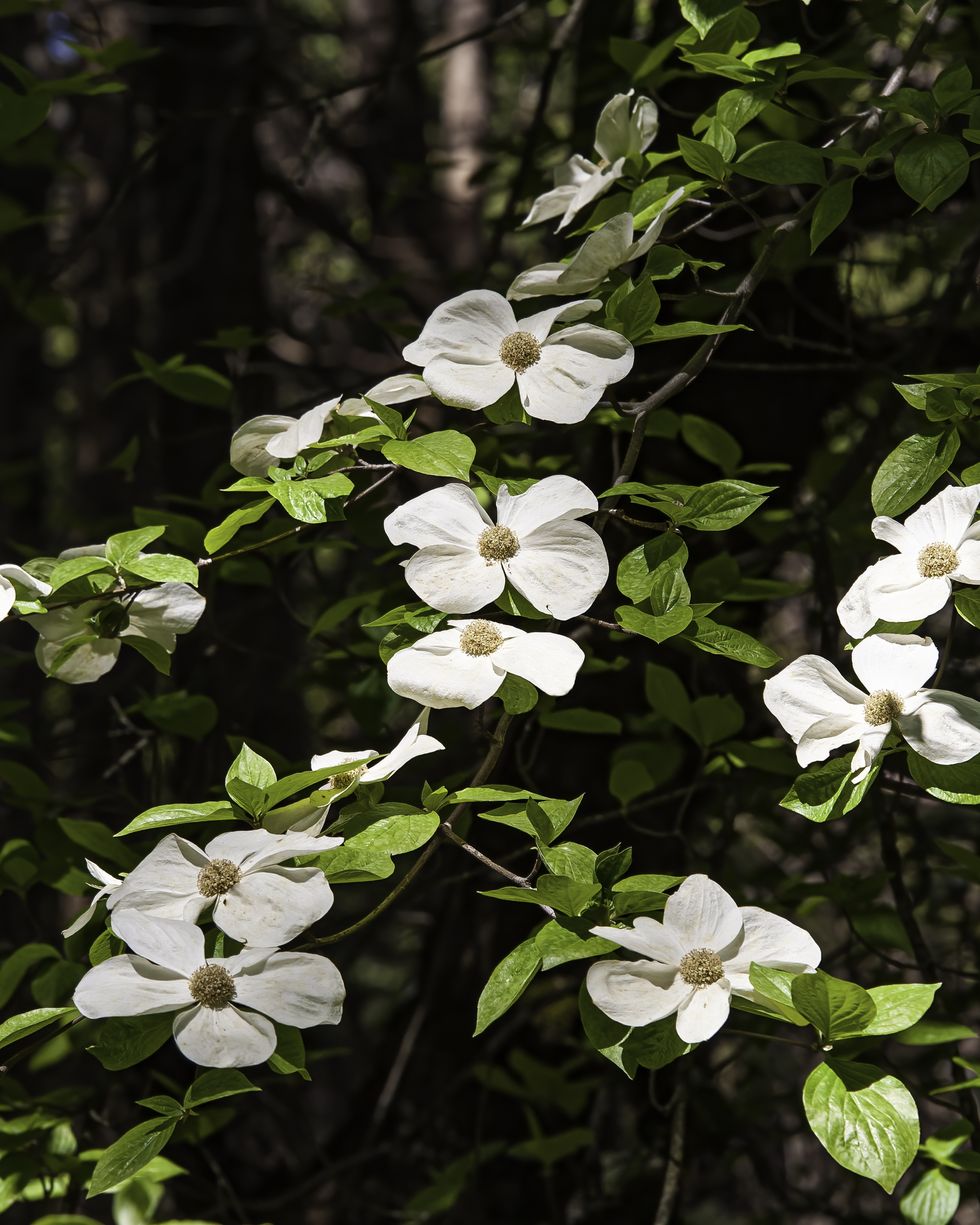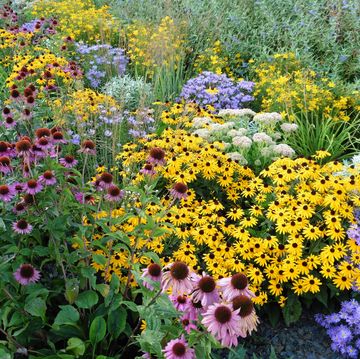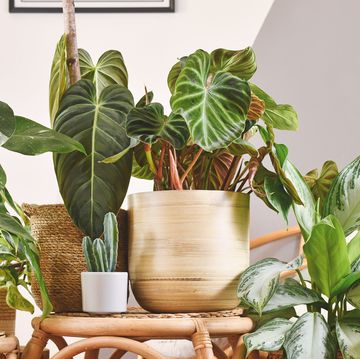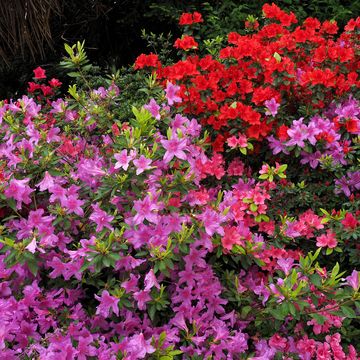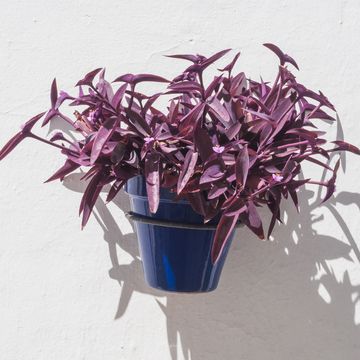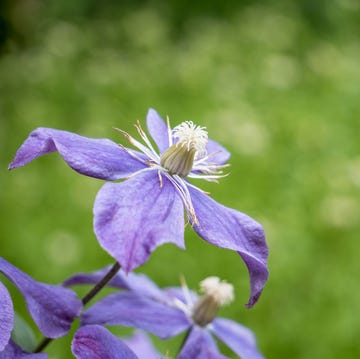11 Types of Dogwood Trees and Shrubs for Any Yard
Here's how to choose and care for the right dogwood for your yard or garden.
After a long, dark winter, most of us are ready for colorful spring flowers and blooming trees.
One of the most iconic spring-flowering trees in the landscape is the dogwood. In fact, there are 17 different types of dogwood trees and shrubs (Cornus spp) that grow in North America.
“They range from ground cover-like plants to large trees,” says Ben Chu, horticulture manager at the Missouri Botanical Garden. “They grow well in many different conditions in average soil, and some types are shade-tolerant.”
Dogwoods are especially appealing because they remind us that spring has arrived in all its glory. “Few trees rival the native dogwood for beauty when it's loaded with the floral bracts,” says Tom Molnar, PhD, associate professor in plant biology at Rutgers University of New Jersey. “It’s one of spring’s first flowering trees.”
Dogwood Care Tips
Dogwoods are typically easy to grow. Their blooms occur from early to mid-spring, depending on the variety. Flowers last two to three weeks.
Most dogwoods prefer some afternoon shade, especially in warmer climates, says Molnar. Mulching them also keeps them happy. Just make sure not to stack mulch right up against the trunk, which invites disease. (Here's an easy way to calculate how much mulch you need for your garden.)
They’re also fairly long-lived trees. A well-cared-for dogwood can thrive for 50 or more years.
“Make sure to give them plenty of room to grow,” says Molnar. “don’t try to squeeze them into an area between the sidewalk and the street.” They don’t like hot, dry conditions or heat radiating from pavement, and they do better with good air circulation around them to help them resist diseases.
Dogwoods are deciduous (meaning they drop all their leaves in the fall). Depending on the variety, they have some fall color in shades of deep burgundy to pale yellow, all of which can add to your garden’s plant palate, says Chu.
Some of the shrubby types are grown more for winter color because they have bright red or yellow stems that are striking against a backdrop of snow. (Here are our favorite Plants to Beautify a Winter Landscape.)
When shopping, make sure to choose one that is suited to withstand winters in your USDA Hardiness zone. (Find yours here.)
Read on to learn more about common dogwood varieties you’ll find in garden centers and nurseries:
Arricca Elin SanSone has written about health and lifestyle topics for Prevention, Country Living, Woman's Day, and more. She’s passionate about gardening, baking, reading, and spending time with the people and dogs she loves.

22 Best Hanging Plants for Every Space
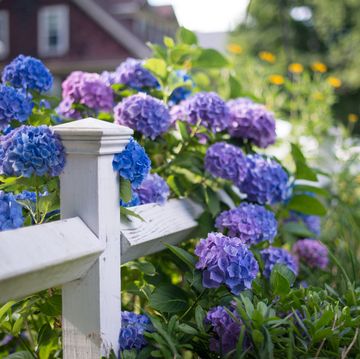
Grow Hydrangeas Like a Master Gardener!

21 Indoor Plants That Are Easy to Grow
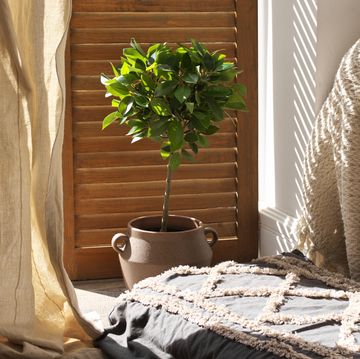
Buying a Ficus Tree? Here's What to Know
